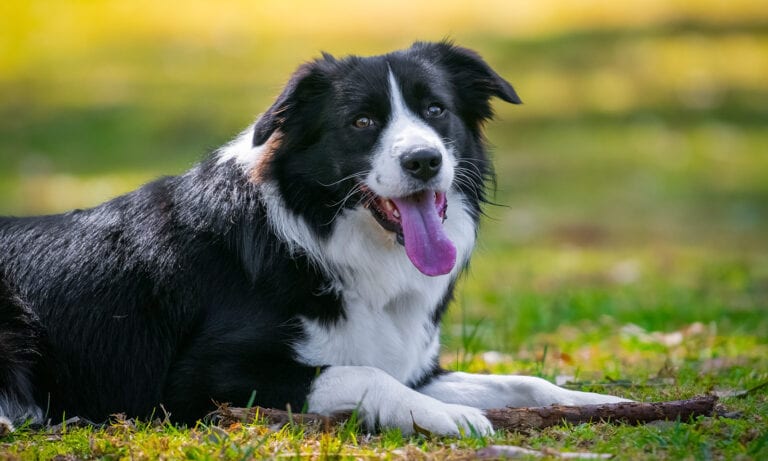Summer is nearly here, and while we love the longer days and sunlight, it’s during this time of year when we see an uptick in cases of the deadly canine virus called parvovirus.
Typically called parvo for short, parvovirus is a highly contagious disease caused by the canine parvovirus (CPV) type 2 virus. Parvo attacks a dog’s gastrointestinal system; and it’s so virulent that once a dog is infected, parvo can be fatal in less than 72 hours.
Here’s what you should know about parvovirus in dogs, including how to prevent it.
Click to jump to each section:
How Do Dogs Get Parvo?
Parvo rapidly kills its host by attacking the gastrointestinal tract of puppies and dogs. Canine parvovirus infection causes severe dehydration, and bloody vomiting and diarrhea.
Parvo in dogs also attacks the immune system, weakening the dog’s ability to fend off bacterial infections. Dogs infected with parvo often die from secondary pneumonia or other bacterial infections.
Parvovirus is a very successful virus in that it’s highly contagious and tough to kill, making it difficult to eradicate from the environment.
Symptoms of Parvo in Puppies and Dogs
The clinical signs of CPV disease can include the following:
- Vomiting
- Diarrhea, often bloody
- Fever
- Lethargy or tiredness
- Loss of appetite
- Weight loss
- Abdominal pain and bloating
Parvo symptoms may start to appear within 3 to 7 days of infection.
Early in the course of infection, a dog infected with parvo can be easily overlooked, leading owners to delay treatment. The problem with waiting it out is that dogs become rapidly, devastatingly dehydrated and debilitated, more in need of costly urgent care and less likely to survive. In the meantime, other dogs in the household are put at risk for infection.
If your puppy or dog is suffering from these signs, it is critical to take your dog to a veterinarian immediately.
Diagnosis and Treatment of Parvovirus
Your veterinarian may also run the following:
- A complete blood count to see if the virus has affected the bone marrow
- A fecal exam (Fecal ELISA tests) to look for intestinal parasites
- An internal organ blood screening test to check internal organ function
Once an infection is confirmed, the virus must run its course.
There is no cure for parvo, only supportive care that includes:
- Intravenous fluids or subcutaneous fluids
- Anti-nausea medication
- Antibiotics to prevent other infections
- Correction of electrolyte imbalances or low blood glucose
Treatment costs can start at $500 and exceed $5,000.
If left untreated, parvo almost always means certain death. Without treatment, more than 90 percent of dogs infected with parvovirus will die. Dogs who are hospitalized tend to have a higher recovery rate than dogs treated at home. Dogs need to be hospitalized for up to one week.
If your dog has been diagnosed with parvo, she should be isolated from all other dogs in the household until she has completely recovered. All bedding, food and water bowls and flooring should be disinfected with a disinfectant such as a dilute bleach solution, which eradicates the virus from the environment.
Parvovirus Vaccine: Preventing Parvo in Puppies and Dogs
The typical puppy series is three shots, given at 8 weeks, 12 weeks and 16 weeks of age. Even if your breeder has vaccinated your puppy before you brought him home, it is still necessary to get the series completed.
Until they’ve received a complete series of puppy booster vaccines, young puppies should be kept away from unvaccinated dogs and dogs with unknown vaccine histories, as well as groomers, dog parks, pet stores and kennels.
Adult dogs are typically vaccinated twice initially, then receive a one-year parvo vaccination, and then every 3 years after that.
Along with a healthy diet, proper exercise and a lot of love, vaccinations against deadly diseases, like parvo, are essential to help your dog live a long and healthy life.
Can Humans Get Parvo?
Humans contract the B19 strain of parvovirus, typically called fifth disease, which causes a mild rash in children—but this is not the same strain as canine parvovirus.
Another common question is if canine parvovirus is the same virus that causes Ebola. While canine parvovirus and Ebola cause similar symptoms, the virus structure of canine parvovirus is very different from the Ebola virus, and they are not related.
More about diseases and conditions in dogs:
Share:










